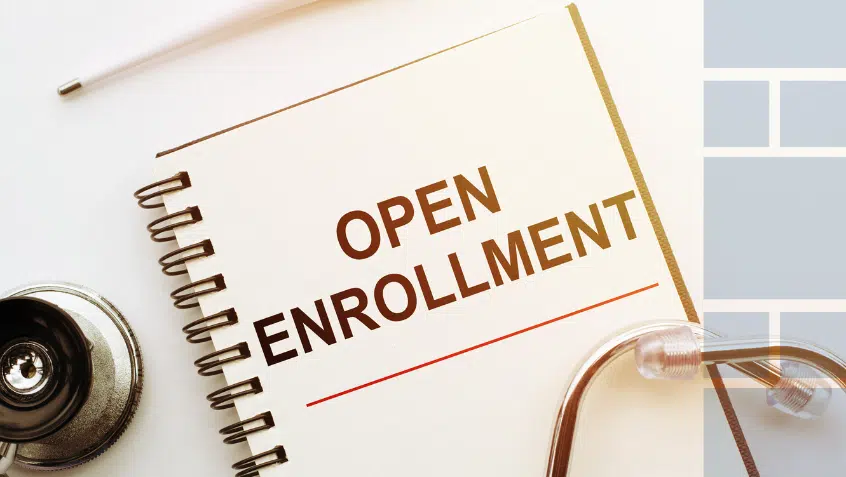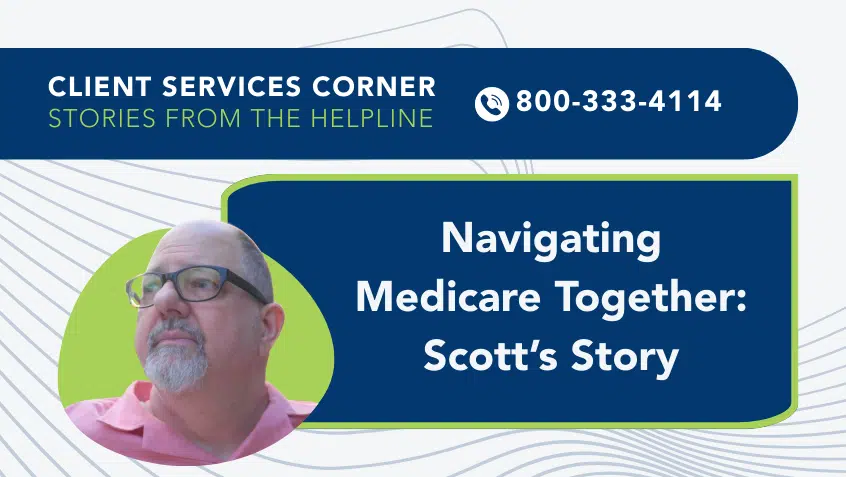Join Us Live for a Discussion on Medicare, Democracy, and the Future of Health Care
Pre-Pandemic Medical Debt Put Millions of Older Adults at Risk

A data spotlight from the Consumer Financial Protection Bureau (CFPB)—the federal agency that enforces consumer financial law—shows that medical debt was common even before the COVID-19 pandemic upended many people’s lives and finances. Thanks in large part to their high levels of health care coverage through Medicare, people 65 and older have the lowest rates of medical debt. But women and people of color are disproportionately affected, and the millions of older adults who do face such debt are at high risk of hardship.
In 2018, 4.5 million people 65 and older, just under 9% of that population group, had at least one past due medical bill. This percentage jumps up to around 18% for people aged 55-64.
Medical debt is more common for women, people of color, and unmarried people. Unsurprisingly, it has a strong correlation with income and with being uninsured. The CFPB notes that “medical debt is most common among individuals with an annual household income of between $15,000 and $25,000. These individuals have household incomes just above the threshold to qualify for the additional coverage and support through the Medicare Savings Programs and the Medicare Part D Extra Help program, two key programs that reduce out-of-pocket medical expenses for Medicare beneficiaries. Older adults without health insurance coverage are more likely to report having medical debt than older adults with health insurance.”
Importantly, carrying medical debt creates hardships for older adults. One-third of those with medical debt reported that they have skipped a medical treatment or doctor’s visit or did not fill a prescription due to cost, compared to around 6% of older adults without medical debt. And 19% of those with medical debt reported that they find it very difficult to cover their monthly expenses and bills.
Medical debt also affects general credit and collections. Over 41% of those with medical debt were contacted by a debt collector compared to 2.8% of those without medical debt. And only 1.7% of those with no medical debt reported having bad or very bad credit compared with 27.3% of those with medical debt. Such negative credit scores affect people’s ability to purchase large items like houses or cars, but also can affect other areas of life such as renting an apartment, turning on utilities, getting a job, or finding car insurance.
At Medicare Rights, we see these figures as strong evidence that while Medicare is making a huge difference in people’s lives, gaps in coverage such as vision, hearing, and dental combined with potentially high out-of-pocket costs for even covered services, expose beneficiaries to risk of medical debt. In addition, programs for people with lower incomes, like the Medicare Savings Programs and Part D’s Extra Help, should be expanded to ensure that people do not have to skip care or medications in order to make ends meet.
Read more about options to improve assistance programs.
Read more about the need for comprehensive vision and hearing coverage in Medicare.
Show Comments
We welcome thoughtful, respectful discussion on our website. To maintain a safe and constructive environment, comments that include profanity or violent, threatening language will be hidden. We may ban commentors who repeatedly cross these guidelines.
Help Us Protect & Strengthen Medicare
Donate today and make a lasting impact
More than 67 million people rely on Medicare—but many still face barriers to the care they need. With your support, we provide free, unbiased help to people navigating Medicare and work across the country with federal and state advocates to protect Medicare’s future and address the needs of those it serves.
The Latest
Most Read
Add Medicare to Your Inbox
Sign up to receive Medicare news, policy developments, and other useful updates from the Medicare Rights.
View this profile on InstagramMedicare Rights Center (@medicarerights) • Instagram photos and videos









